Balancing heritage and modernity: a tale of two cities
Jonathan Chan compares two markedly different cities, Cambridge and Beijing, and how each take this tension to task
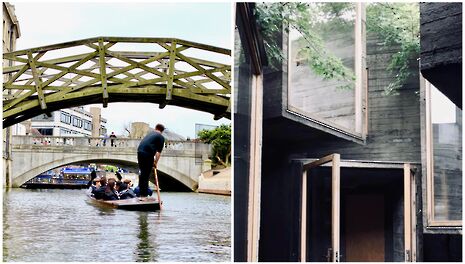
I trudge up to my dorm with my suitcase and a pocket of traveller’s fatigue. The hours that have passed since I landed in Beijing have been uneventful, but my body has retreated into rest on the bus ride to campus. Our card key has a sensor that automatically unlocks the outside door of my dorm, not unlike that of a hotel. I step into a facsimile of my Wolfson suite, complete with a shared kitchen and toilet. The room itself more closely resembles the dorms I’d resided in during summer programmes in Singapore. I presume there is uniformity in university accommodation in the places I have grown familiar with.
That is, until we witness the disparity between the lodging given to international and local students. They live in dilapidated looking blocks that are conducive for interpersonal bonding. Modern-looking performing arts theatres, museums, and buildings tower over the remnants of the Tsinghua Garden, the previous residence of Yinzhi, the third son of the Qing Dynasty’s Kangxi Emperor. Visitors congregate at He Tang Yue Se for a taste of royal amusement, as dragonflies flutter over emerald ponds and between drooping willows.
There exists a tension between heritage and modernity that has continued to beleaguer cities around the world
There exists a tension between heritage and modernity that has continued to beleaguer cities around the world. One cannot disregard the historicity of old buildings in the interest of developmental expediency. Arches and walkways breathe life into a place, a spirit that cannot be replicated by the most astute architectural reimaginings. This is a reality we have grown accustomed to in Cambridge, where tour guides and punters proudly point out that King’s College was founded in 1441 by Henry VI, or that Peterhouse is over 700 years old, or that John’s continues to be refurbished, expanded, and maintained well into the 21st century.
One can see a profound juxtaposition between the modern stores of Trinity Street and the medieval buildings that house them, nestled on either side of a narrow cobblestone road. It is without irony that tourists remark that they feel like they’re walking through a scene from Harry Potter, a sense of novelty that can make Cambridge seem like an amusement park of sorts. This tension is compounded by the presence of disenfranchised communities on its streets, with spires casting eerie shadows over bodies huddled in sleeping bags.
There is a cultural amnesia of the pernicious sort, a fog that has drifted into the spaces of Beijing
In Beijing, the energies of a capital city rattle in the sprawling highways and jetting mopeds. While national institutions and government bodies insist on China’s civilizational continuity, there is little of the slick shopping malls in Wudaokou or the chaotic road intersections near Sanlitun that add weight to this. The foundations of Chinese culture – both literally and figuratively – were dismantled and upended in extended episodes excluded from official narratives.
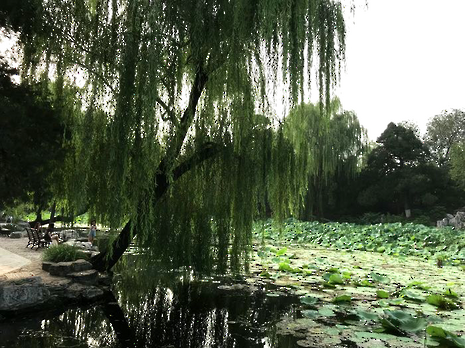
There is little by way of historical memory of how the Red Guards attacked shrines and temples during the Cultural Revolution of the 1960s, nor is there an acknowledgment of the 1911 Uprising that sought to upend the traditional foundations of Chinese society. There are only the scars of foreign humiliation: the Old Summer Palace that was summarily looted, burned, and destroyed by British troops at the end of the 19th century, the artefacts that now take residence abroad. What was once weakness has now become strength.
There is a seeming attempt to recapture the anxiety that once permeated England in the 17th century over the seeming cultural and political stability of China. The observer can only regard this with cynicism – the disregard for traffic lights, the eyes devoted to WeChat and Mobile Legends, the creeping influence of Western capitalism. It seems that the idealisations of tradition are beginning to recede. Famed attractions like the Great Wall, the Summer Palace, and Tiananmen Square play host to foreign eyes. Urban developments like Beijing Fun, a sprawling complex integrating the arts, commerce, and cafes, loom large over the poorly maintained hutong neighbourhoods once regarded as containing the essence of Chinese civilization.
The tension between preserving traditional culture and the encroaching demands of modern development are manifestly apparent in the dilapidated Hutong areas
The Hutong areas provide as stark an indication of any of the deepening inequalities in urban development. The Hutongs retain the traditional arrangements of the siheyuan – with long, narrow homes lining a square courtyard. The rooftops slope downward and are lined by the curvature of bamboo, flourishes intended to offset the worst of heavy rain. What was once regarded as spacious and prosperous has now become cramped.
The Hutongs leave a sliver of road between them, where workers ride along with carriages bearing bicycles or lumber tagged to their motorcycles, construction workers tear up the concrete with jackhammers, or old men play Xiangqi with an aloof thoughtfulness. The tension between preserving traditional culture and the encroaching demands of modern development are manifestly apparent in the dilapidated Hutong areas. The walls are ramshackle and the rooftops are chipped.
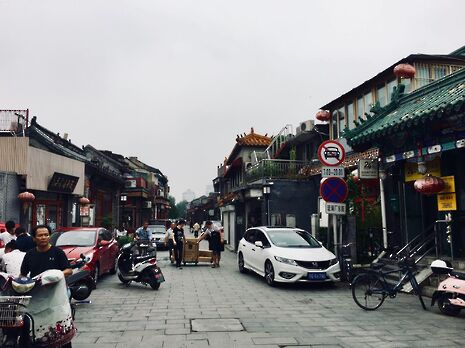
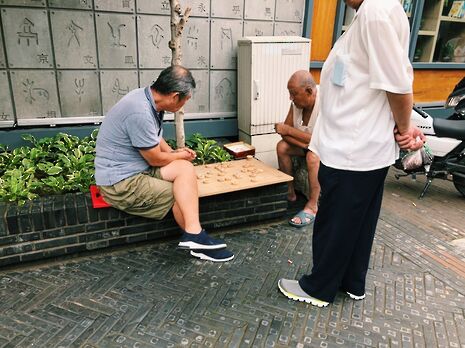
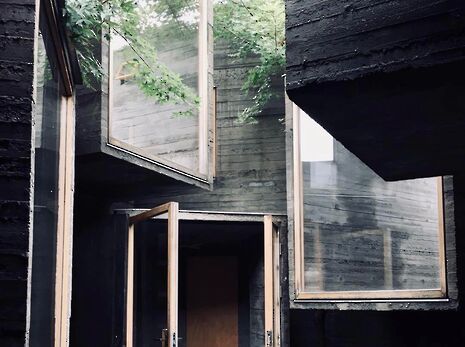
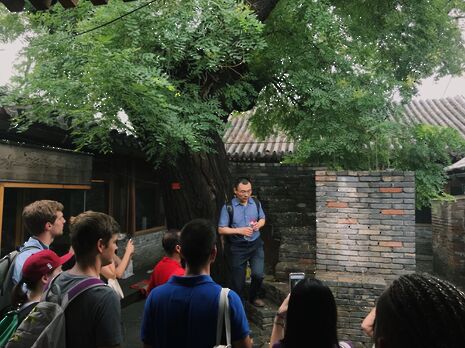
Hutong residents exercise a marked creativity in operating around these infrastructural constraints. An architecture firm adds internal scaffolding and expands the building using fiberglass extensions; the building is transformed into a co-working space of sorts. A kindly old couple turns a former Hutong temple into a childcare centre, complete with a central structure for children to climb and rooms for them to do their schoolwork and engage in arts and crafts. An installation is nestled amidst the neighbourhood revealing what could be regarded as a ‘conceptual Hutong’ – glass rooms stacked upon one another to work around spatial constraints.
Heritage is embedded in the fabric of daily life in Cambridge – culture, history, and the perpetuity of wealth have allowed its indomitable academic presence to continue and flourish
One could feasibly assert that this is not too different from the transformations of Cambridge’s town centre, where cafes and retail stores breathe life to old streets. Heritage is embedded in the fabric of daily life in Cambridge – culture, history, and the perpetuity of wealth have allowed its indomitable academic presence to continue and flourish. There is a power that resides in memory, for the Cambridge of today cannot deviate too far from the Cambridge that is remembered. In Beijing, there is a cultural amnesia of the pernicious sort, a fog that has drifted into the space between the Beijing of before and of today, the Beijing for tourists and the world, and for its own residents.
Scholar Byung-Chul Han asserts that in the West, markers of age are often emphasised when monuments are restored and that “original elements are treated like relics”. The imperfections of age are crucial aspects of architectural preservation. Comparatively, the Far East is not familiar with this cult of the original. It has developed a completely different technique of preservation, one of continual reproduction. This technique completely abolishes the difference between original and replica. The Cambridge colleges deftly skirt around this tension with linguistic signifiers of age – there are, for example, the “old” and “new” sections of Queens’ College.
I think of the institutional inertia that has inhibited the revitalisation of Beijing’s hutong neighbourhoods while hutongs repurposed as food stalls and bars at Nanluo Guxiang hum with the steady flow of human traffic. The symbiosis between deconstruction and reconstruction, the cycle of restoration and rebirth, is not one easily achieved when flesh-and-bone inhabitants are involved. The logic of replication seems to falter; a facsimile bears no traces of the hands and feet that once brushed walls and walkways.
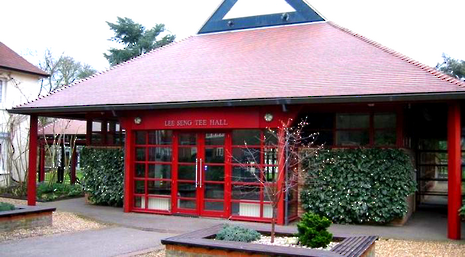
I am walking through Wolfson College for the first time. The residential blocks that line its perimeter reveal little beyond the fact that they were built within the previous century. They are almost self-effacing in their lack of ostentation. I turn a corner and find myself facing the Lee Hall, a Chinese-styled building with stone guardian lions, thin red columns, and an austere sloping rooftop. A little further is the Lee Library, flanked by stone soldiers styled after the terracotta army. I raise an eyebrow at these apparent anomalies, the legacy of a Chinese-Singaporean benefactor built two decades ago. In the grand scheme of Cambridge’s history, this is as modern as a college can get.
 News / SU stops offering student discounts8 January 2026
News / SU stops offering student discounts8 January 2026 News / Uni-linked firms rank among Cambridgeshire’s largest7 January 2026
News / Uni-linked firms rank among Cambridgeshire’s largest7 January 2026 Comment / Plastic pubs: the problem with Cambridge alehouses 5 January 2026
Comment / Plastic pubs: the problem with Cambridge alehouses 5 January 2026 News / New movement ‘Cambridge is Chopped’ launched to fight against hate crime7 January 2026
News / New movement ‘Cambridge is Chopped’ launched to fight against hate crime7 January 2026 Comment / What happened to men at Cambridge?31 December 2025
Comment / What happened to men at Cambridge?31 December 2025









